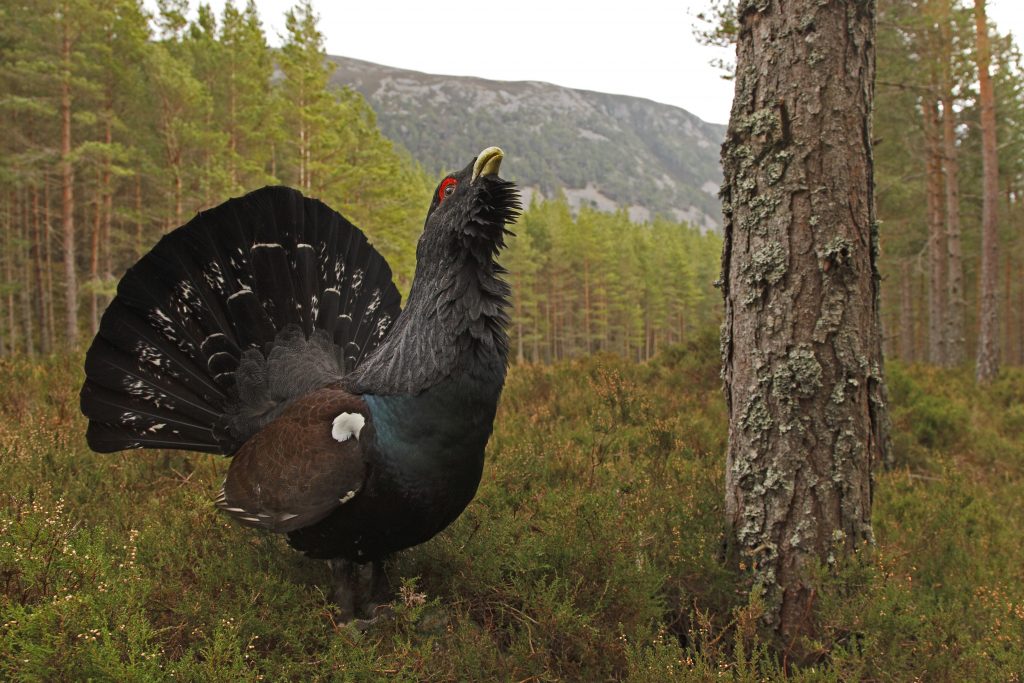MEASURES which could help reverse the fortunes of the iconic capercaillie in Scotland have been outlined in a new scientific review.
The report from a sub-group of the NatureScot Scientific Advisory Committee (SAC) advises that if perilous population declines continue, the species could be lost to Scotland within two to three decades.
After a thorough review of the scientific evidence, the report advises that current breeding success appears to be too low to allow recovery of the population.
Interventions that improve the survival of eggs and young chicks are especially important.

These include predator control and diversional feeding; and creation of refuges around hotspots to minimise disturbance.
Survival of adults would be enhanced with more work to mark or remove deer fences, which can cause injury or death to birds in flight.
The review drew on a large amount of past and on-going research by members of the Scottish Capercaillie Group.
Factors having the biggest impact on breeding success were identified as increased predation from foxes, pine martens and crows; as well as more disturbance due to rises in visitor numbers and recreational activities.
The report highlighted the importance of further action across the core area of Badenoch and Strathspey if the population is to be conserved.
NatureScot and the Cairngorms National Park Authority say they are considering the report in detail and will work with partners to draw up options for improving the prospects for capercaillie.
This will be carefully considered to align with the wider plans for ecological restorations in the Cairngorms to address the biodiversity and climate crisis.
Further work is needed to fully cost the proposals and to ensure that money is invested where it will have greatest impact.
Professor Neil Metcalfe, SAC sub-group chair, said: “We were immensely impressed with the depth and range of work undertaken on capercaillie by members of the Scottish Capercaillie Group.
“We hope our report contributes to further action to boost numbers of this special bird.”
Eileen Stuart, NatureScot Deputy Director of Nature and Climate Change, said: “It’s clear that the future of capercaillie in Scotland is extremely vulnerable.
“This excellent report sets out the scientific evidence on capercaillie conservation and management, and the steps that are now needed to help save this key species.
“We recognise the urgency of the situation and this report will be crucial as we look at options to accelerate action on the ground.
“Drawing on the innovative work of the pioneering Cairngorms Capercaillie Project, it is essential that our next steps are developed in close consultation with local communities, landowners and partners and in line with the Scottish Outdoor Access Code.
“We’ll be working closely with all interested parties in the months ahead as we look to secure a future in Scotland for this iconic bird.”
Grant Moir, Chief Executive of the Cairngorms National Park Authority, said: “Capercaillie are an iconic species in the Cairngorms National Park and we have been working hard with partners through the Cairngorms Capercaillie Project to help ensure their long term survival.
“We welcome the report from the Science Advisory Committee Sub-Group as this gives us the best evidence for ensuring we tackle the key issues, such as disturbance and predation.
“We need to consider the report fully, discuss with partners how best to take forward its advice and move quickly to take action on the ground.”
